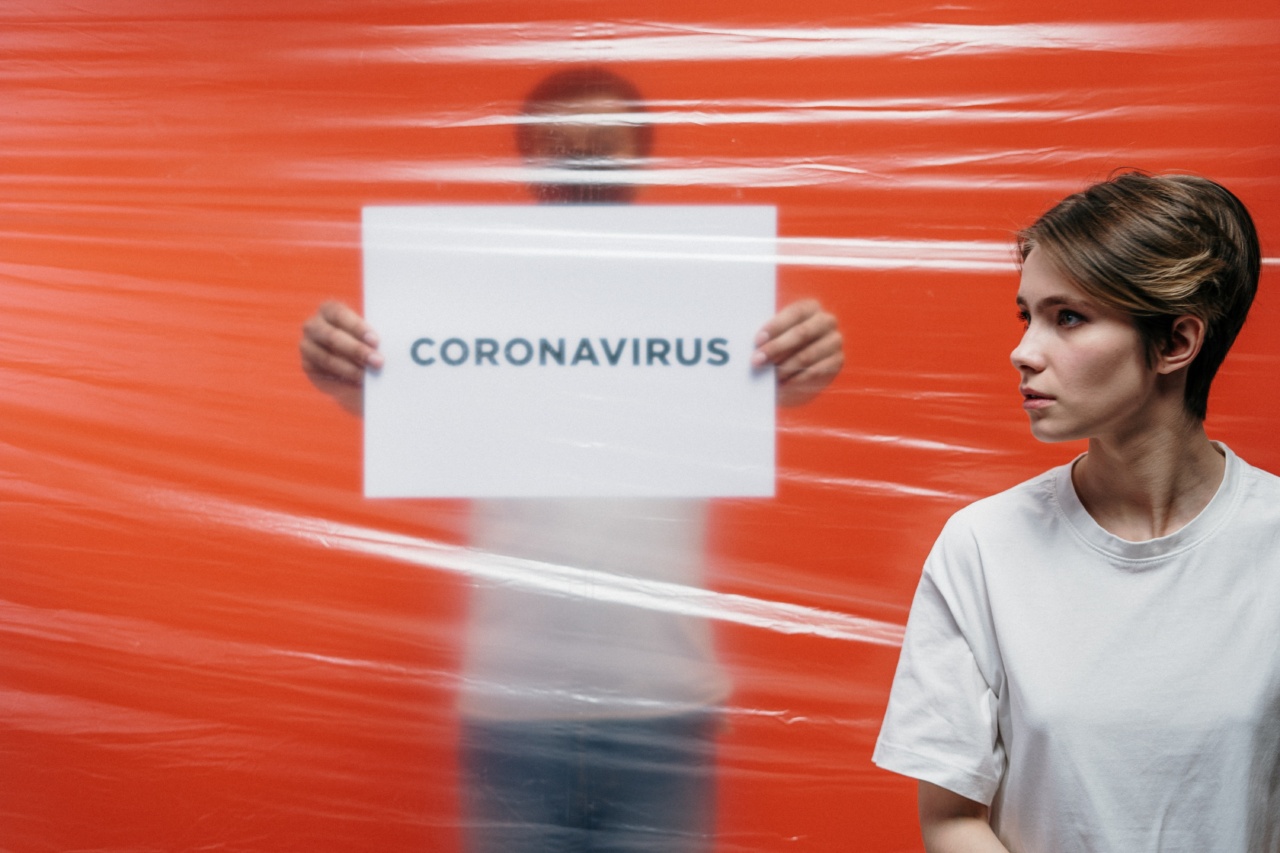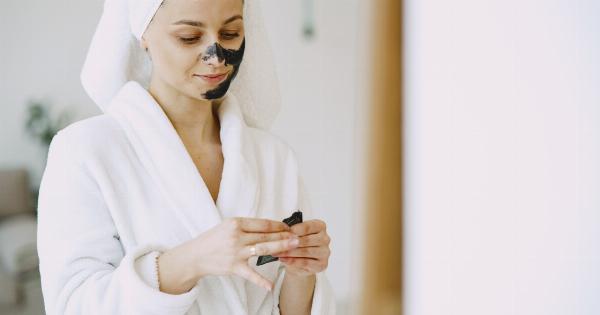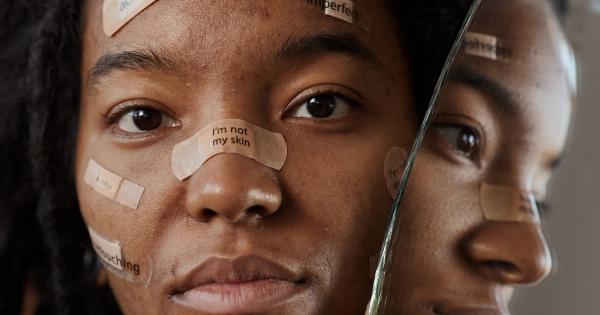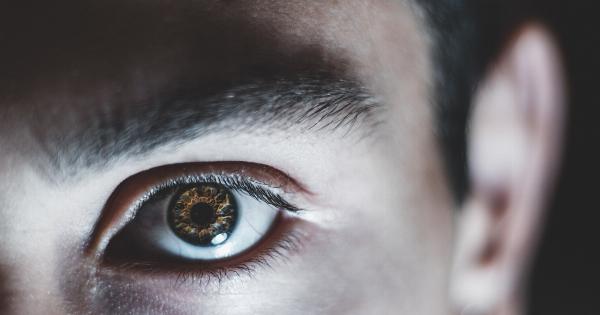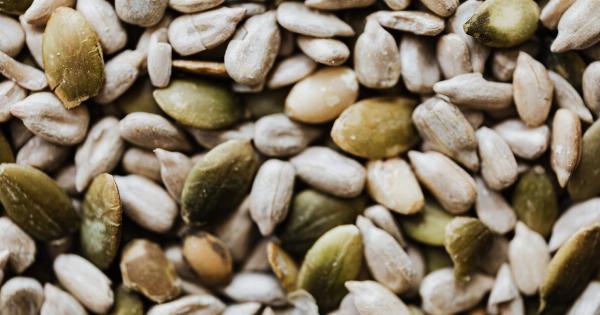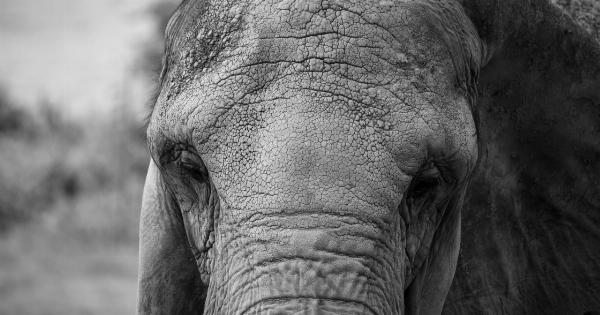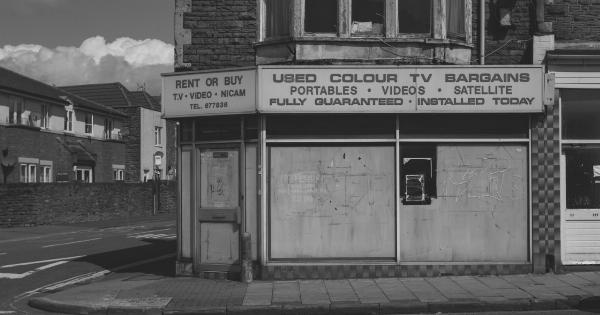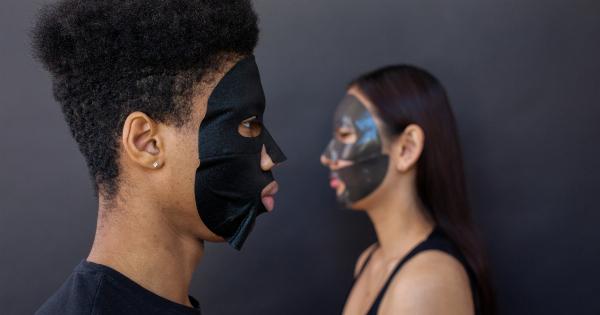We’ve all experienced the pain and discomfort of a pimple at some point in our lives.
But, what if that pink, inflamed bump turns into something more serious? An infected pimple can be a painful and unsightly problem that needs to be treated immediately to prevent further complications. In this article, we’ll discuss the signs of an infected pimple so that you can identify it and take action.
What is an infected pimple?
An infected pimple is a pimple that has become inflamed and filled with pus. Pimples occur when oil, dead skin cells, and bacteria clog pores and cause inflammation.
If left untreated, the pimple can become infected by bacteria and lead to pain, redness, and swelling. A white or yellowish pus may appear at the top of the pimple, indicating that it is infected.
Signs of an infected pimple
If you have a pimple that is painful, swollen, and oozing pus, it may be infected. Here are some common signs of an infected pimple:.
1. Increased pain and swelling
If you notice that the pimple is becoming more painful and swollen, it may be infected. Inflammation is a sign that your immune system is trying to fight off bacteria that may have entered the pimple.
The increased pressure from the inflammation can also cause pain.
2. Redness and warmth
Infected pimples can be very red and warm to the touch. This is because the inflammation and immune response cause more blood flow to the area, making it appear redder and feel warmer than the surrounding skin.
3. Oozing pus or blood
If the pimple is infected, you may notice that it starts oozing pus or blood. This is a sign that the pimple has become filled with fluid and is infected with bacteria. This fluid can be yellow, green, or white and may have a foul smell.
4. Fever or chills
In severe cases, an infected pimple can lead to a fever or chills. This is a sign that the infection has spread beyond the pimple and may be affecting other parts of your body.
If you experience a fever or chills along with an infected pimple, it is important to seek medical attention immediately.
5. Itchy or burning sensation
Sometimes, an infected pimple can cause an itchy or burning sensation. This is because the inflammation and bacteria can irritate the skin around the pimple, causing itching or burning.
6. Scabbing or crusting
If the infected pimple has burst, it may scab over and form a crust. This is your body’s natural way of protecting the wound and preventing further infection. However, if the scab becomes painful or leaks pus, the infection may still be present.
7. Painful lymph nodes
If the infection from the pimple has spread, you may notice painful lymph nodes in your neck or armpit. Lymph nodes are the small, bean-shaped glands that are part of your immune system and help fight infections.
If they become swollen and painful, it may be a sign that your body is fighting an infection.
8. Foul odor
If the pus from the infected pimple begins to smell bad, it may be a sign that the infection is worsening. This odor is caused by the bacteria that are present in the pus and can be a sign that the infection is spreading.
9. Slow healing
If the infected pimple does not improve with treatment or seems to be taking a long time to heal, it may be a sign that the infection is deep and more severe than originally thought.
10. Recurring pimples in the same area
If you notice that you are experiencing frequent pimples in the same area, it may be a sign that the original pimple was not properly treated and the infection has recurred.
In this case, it is important to seek medical attention to prevent the infection from spreading further.
Conclusion
An infected pimple can be a painful and unsightly problem, but it can also lead to more serious complications if left untreated.
If you notice any of the above signs of an infected pimple, it is important to seek medical attention immediately to prevent further complications.
